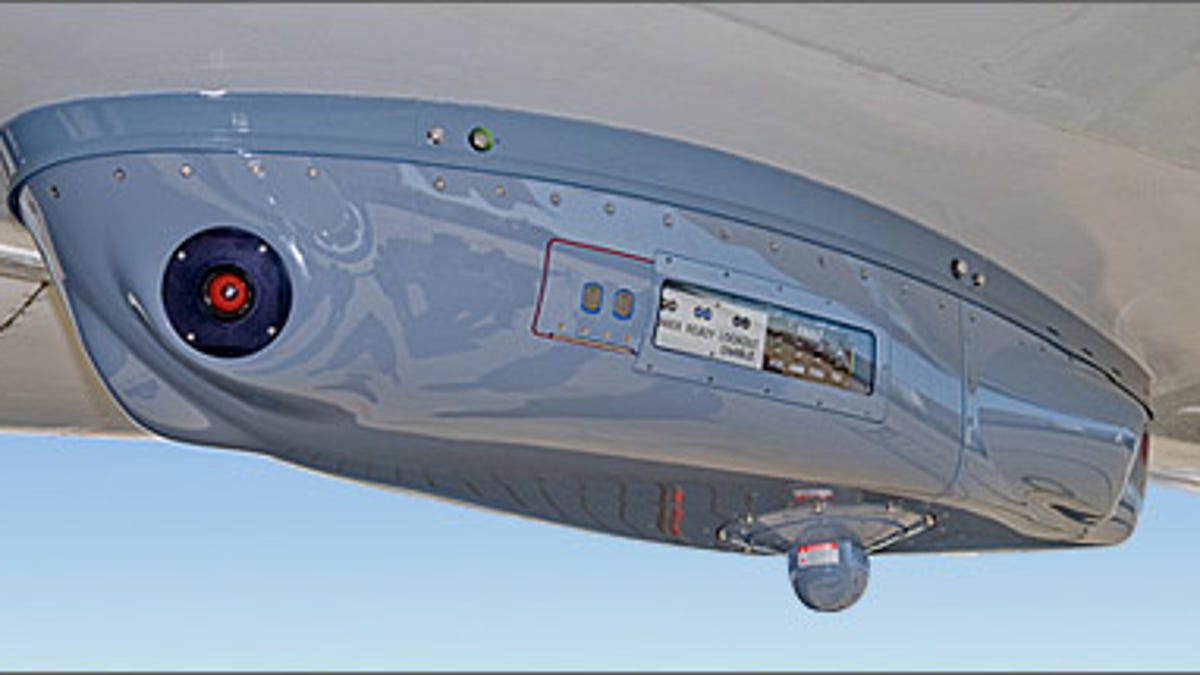Window or aisle, chicken or beef, laser protection or SAM in the fuselage?
Defense contractor tests system designed to protect airliners from laser-guided shoulder-fired missiles.

The chances of your flight being hit by a shoulder-fired, laser-guided missile are good enough that the Department of Homeland Security (DHS) has spent more than $100 million looking into ways to prevent it.
Defense contractorNorthrop Grumman just completed 6,000 hours of in-flight testing on its Guardian directed infrared countermeasures (DIRCM) system, all part of the DHSinitiative to adapt existing military technology to protect commercial aircraft from attack by surface-to-air-missiles (SAM) similar to the U.S.-made Stinger.
The DIRCM system works by first detecting the attack, then directing an invisible, eye-safe laser to the homing/seeker device of the incoming missile, disrupting its guidance signals, which ultimately protects the aircraft, according to Northrop Grumman (video here).
Much of the testing has been conducted on FedEx MD-10 and MD-11 cargo jets, using a ground-based electronic missile surrogate to simulate the launch of a SAM at an aircraft during takeoff or landing. The Guardian performed as advertised by automatically detecting the simulated launch and mock missile, according to the company.
More than 40 commercial aircraft have been attacked by Man Portable Air Defense Systems (Manpads) since the 1970s, resulting in the loss of about 400 lives, according to the U.S. State Department.
In a report to Congress, DHS estimated the per-flight cost to be $65 more than it wants to spend, which is $300. That comes to about 70 cents per passenger on cross country flights.The unit itself cost around $1 million, but that's wholesale--orders of 1,000 or more please.
The industry has yet to get on board however. As one airline executive put it in an interview with Aviation Week, "Is this a prudent use of resources?" A plane could just as well be shot down by an RPG (rocket-propelled grenade) or a .50-caliber machine gun. "Shouldn't we be doing more to go after the archer rather than trying to catch the arrows?" Then again, this is an industry allegedly too cheap to give its passengers fresh air.